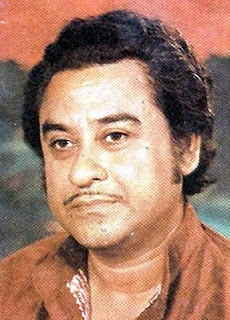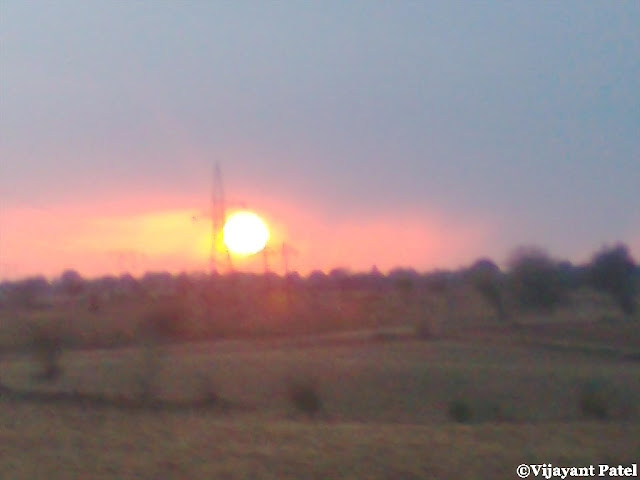The game of snooker was conceived in Jabalpur.The origins of the game of snooker are generally regarded as being in the latter half of the 19th century.
Billiards had been a popular activity amongst British army officers stationed in India who took the idea from the Indian game carrom, and variations on the more traditional billiard games were devised. One variation was to add coloured balls in addition to the reds and black which were used for pyramid pool and life pool. This gave birth to the game of snooker.The word snooker also has military origins, being a slang term for first-year cadets or inexperienced personnel. It is generally accepted that a Colonel Sir Neville Chamberlain conceived the game in the British Army Officer's Mess in Jubbulpore (Jabalpur) India, in 1875.
One version of events states that Colonel Sir Neville Chamberlain of the Devonshire regiment was playing this new game when his opponent failed to pot a ball and Chamberlain called him a snooker. It thus became attached to the billiards game now bearing its name as inexperienced players were labelled as snookers.
As billiards was only a two player game, new games such as life pool and pyramid pool were developed in order to accommodate more players. Eventually, these two games were combined to form snooker.
Snooker is a cue sport that is played on a large green baize-covered table with pockets in each of the four corners and in the middle of each of the long side cushions. A regular (full-size) table is 12 × 6 ft (3.7 × 1.8 m). It is played using a cue and snooker balls: one white cue-ball, 15 red balls worth one point each, and six balls of different colors yellow (2 points), green (3), brown (4), blue (5), pink (6) and black (7). A player (or team) wins a frame(individual game) of snooker by scoring more points than the opponent(s), using the cue ball to pot the red and coloured balls. A player wins a match when a certain number of frames have been won.
















